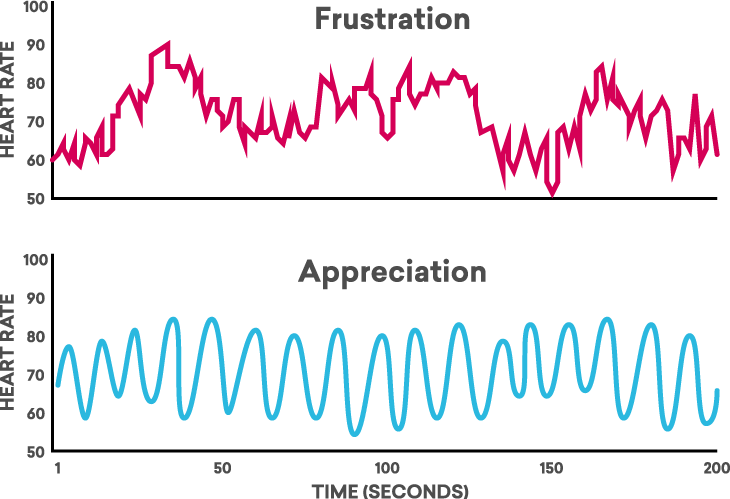Before you read the rest of this, please watch the above video.
Yesterday’s post again mentioned the use of music in environmental design for neural-based training. I’ve mentioned this before HERE and HERE so you may want to review. This video does an excellent job of explaining the science behind music selection without bogging down in all the academic cites us nerds cherish and the rest of the world can’t stand. I mean c’mon: Emily Ratajkowski OR properly formatted academic cites? Somewhere someone is saying “Both, please” so okay, here’s some cites to peruse:
AND
One simple tool to experiment with is a common metronome.
When I was training the BMW Professional Racing Team (Tour Car), I embedded with the Medical and Psychological Support Team. There’s big money involved in professional auto racing. Cost of the cars, the crews, and the drivers who must perform under extreme stress add up to big money, and the money behind the money wants the best so that they end up with winning drivers. So the Factory Race Team had personal trainers, massage therapists, chiropractors, shiatsu specialists, a medical doctor M.D, a contract staff psychologist from NASA in charge of Astronaut Psychological Training and an itinerant Welsh-Filipino polymath training designer.

During the 24 hour races, there are programmed “rest breaks” for the driver of varying duration. The rest protocol involved stripping naked, ultra fast shower and towel dry, massage/shiatsu/chiropractic adjustment, then some minutes (20-30) of programmed sleep. The challenge I was presented was “How do we maximize the benefit of the short sleep period?” In addition to the aromatherapy solutions the massage therapist already provided (lavender extracts assist the brain to sleep, BTW) I added a metronome. Drivers are remotely monitored for bio-markers while driving: heart rate, respiration, body temperature. They may be monitoring EEG as well now that the tech has caught up with my suggestion back in the 90s. In consultation with the medical doctor, whose limited English was generally utilized swearing at me when he ran out of Italian, we identified the optimum resting heart rates for sleep, relaxation, and gradual awakening to full alertness. Depending on the established medical baseline of the specific driver’s resting heart rate, we started around 40-60 BPM (beats per minute) on the metronome to promote relaxation. In the suggestible state brought on by advanced fatigue, we found that the driver heart rates entrained with the metronome essentially within moments. We then programmed a slow gradual elevation of the metronome to peak with the programmed wake time. The drivers reported greater alertness after better deeper rest. Anecdotal of course, but with the tech available today easily replicable.

For a deep dive into the hard science and research on the correlations between heart rate and stress management visit HeartMath and dig around. HeartMath is among other things a quiet DOD researcher and provider of services for over 25 years to elements of the US Special Operations Community. They’ve done an excellent and well documented job of disproving many of the myths around heart rate, heart rate variability and performance under stress. It’s a pity that more in the US law enforcement training community don’t read that research.
If you want to experiment with neural based training design and environmental manipulation, I invite you to read the links above, including my previous posts, get yourself a metronome and experiment there. Establish some baselines and then like the excellent DJ in the video above, go forth and have fun in training. Let me know how it works for you.

This chart shows the difference between hardcore science nerds and pragmatic users of research after reading this article.

